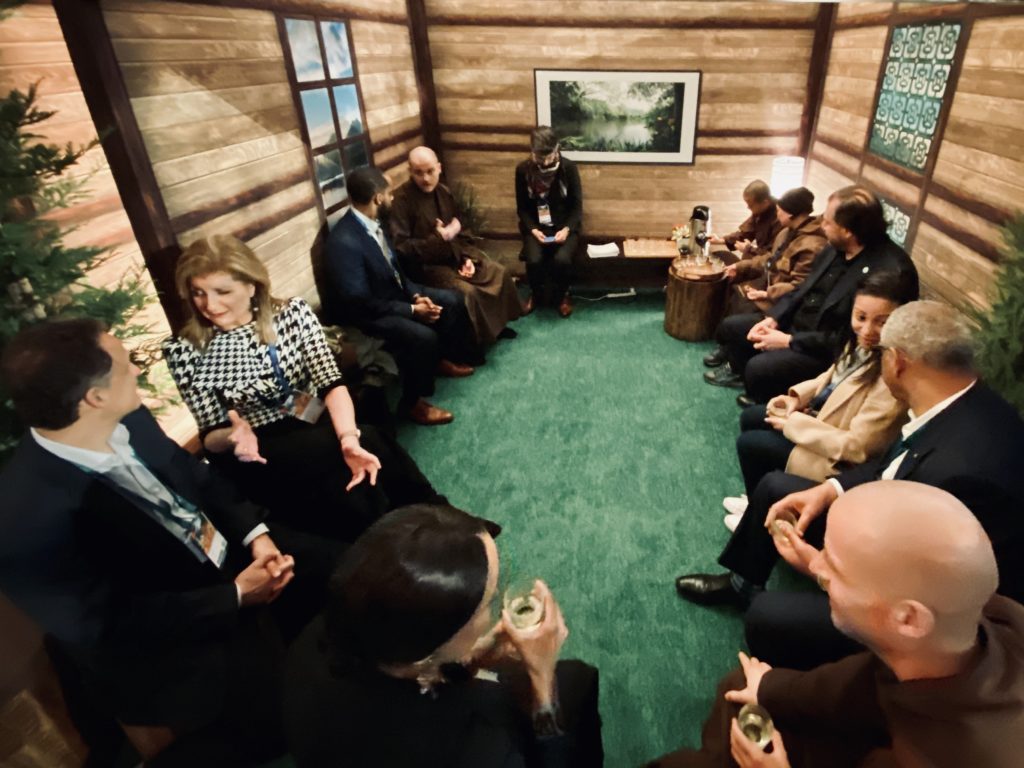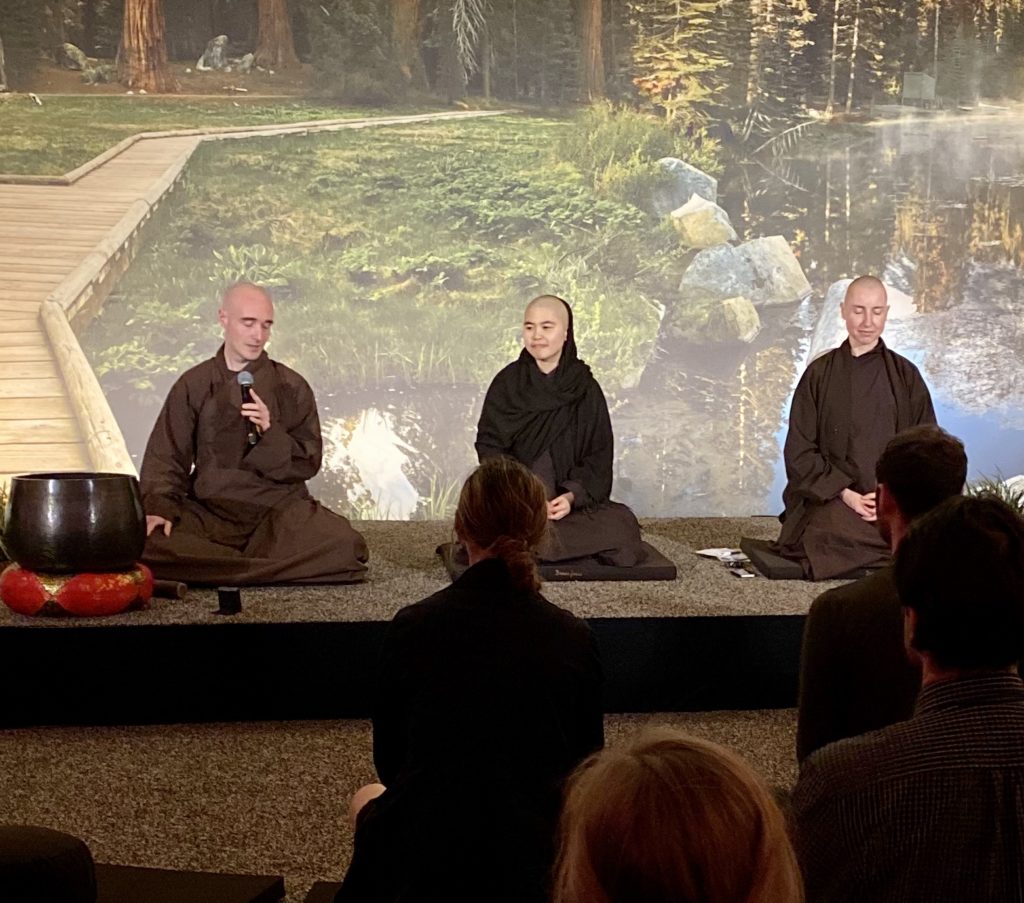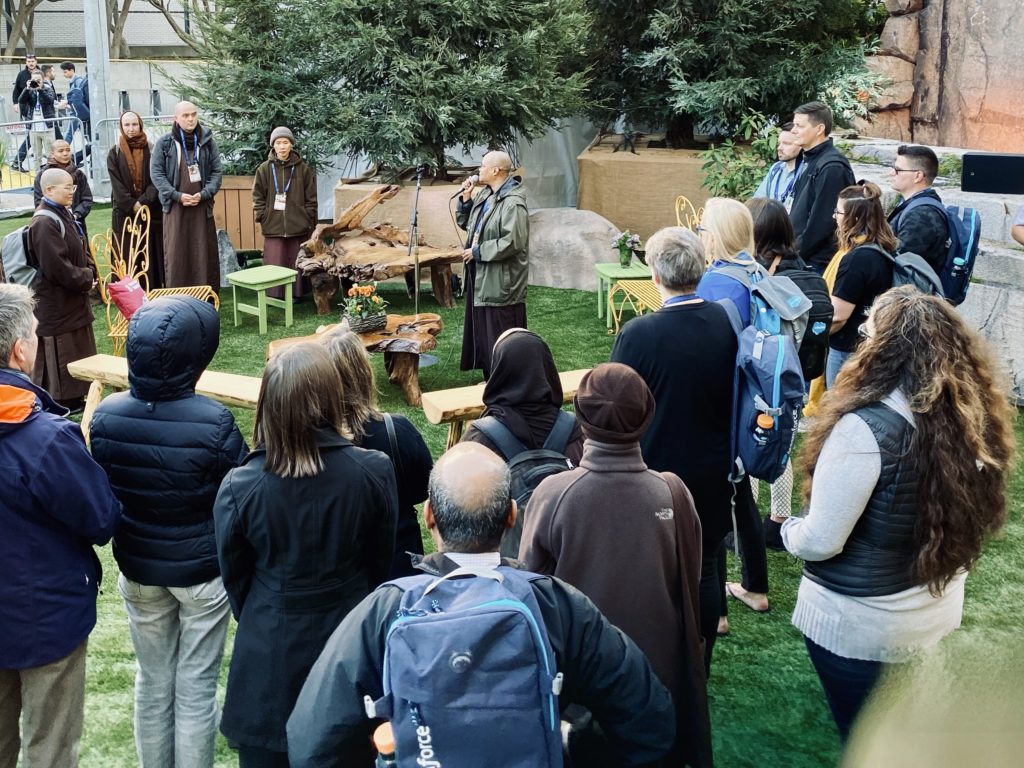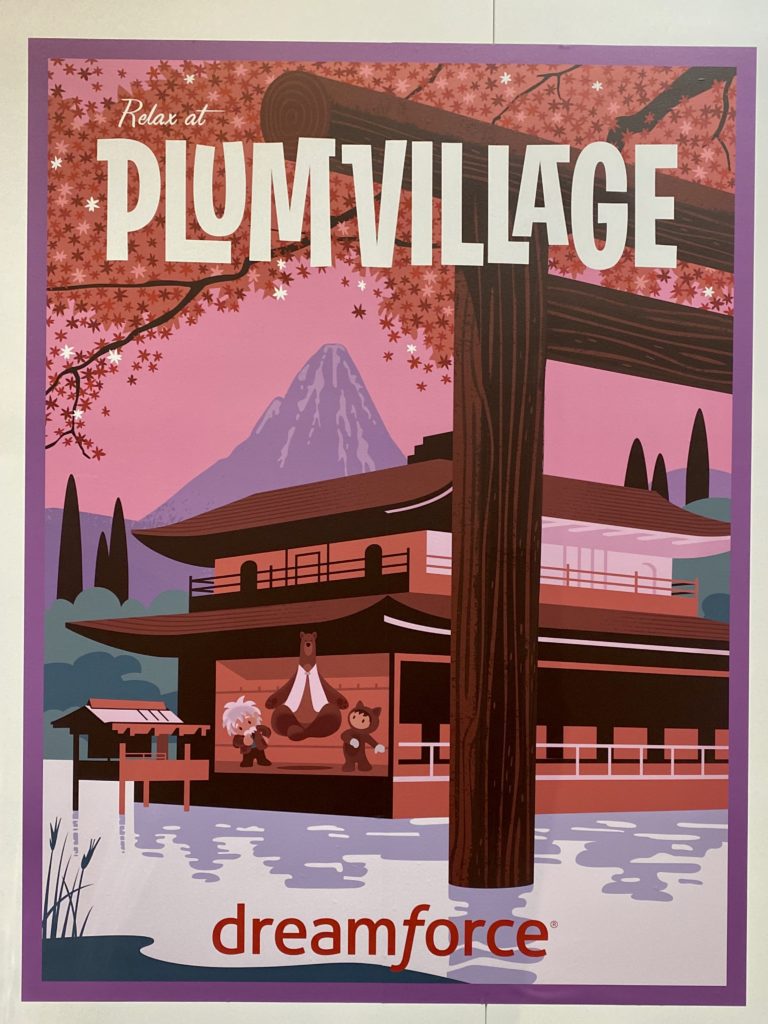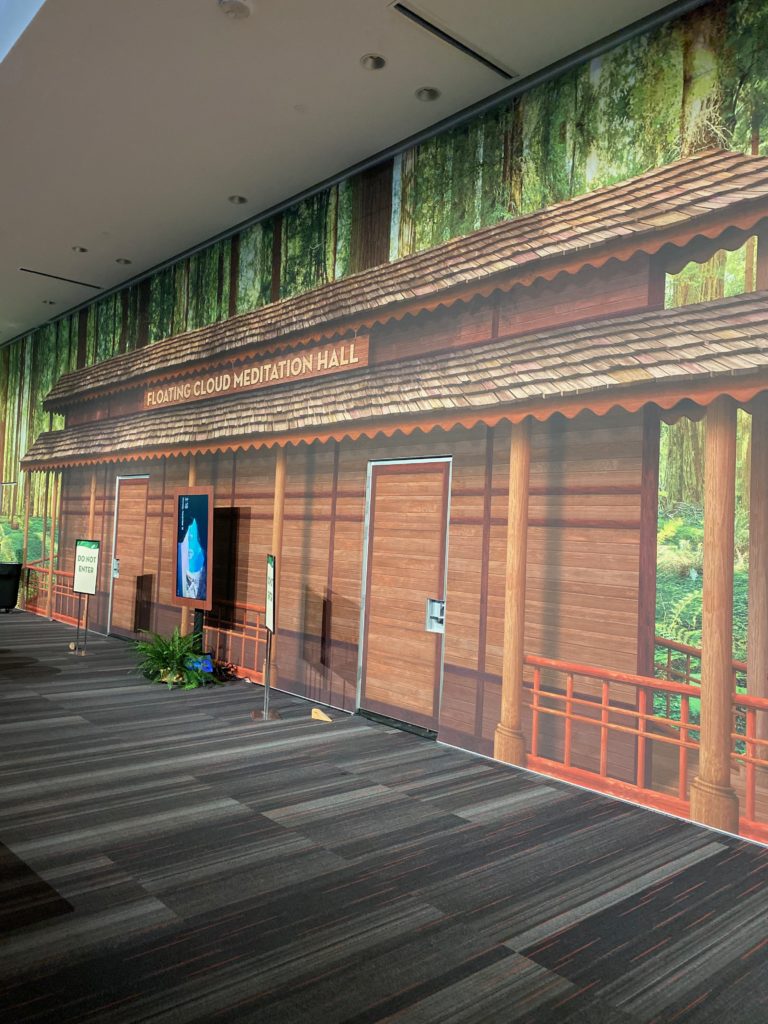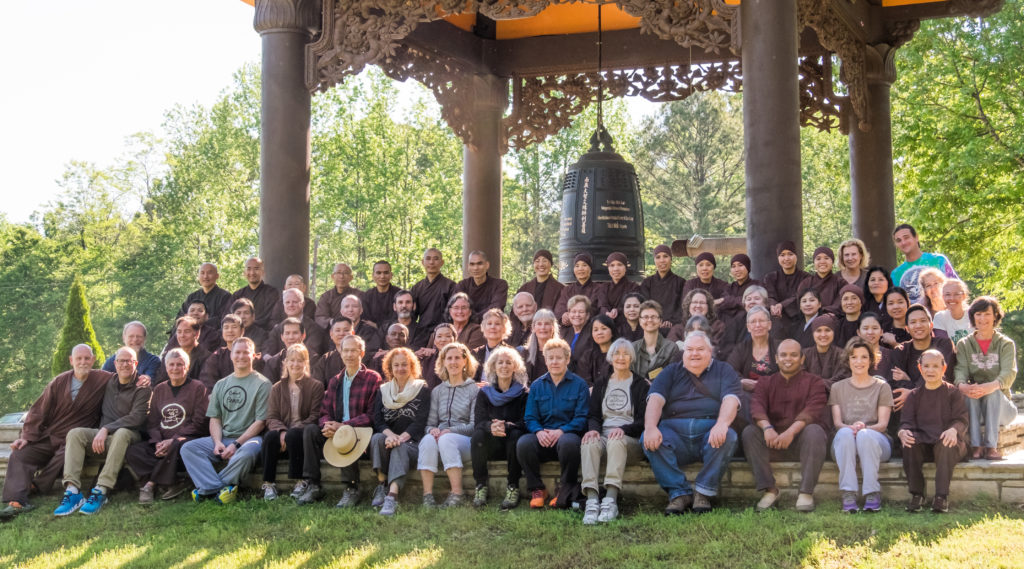In this time of great fear, it is important that we think of the long-term challenges—and possibilities—of the entire globe. Photographs of our world from space clearly show that there are no real boundaries on our blue planet. Therefore, all of us must take care of it and work to prevent climate change and other destructive forces. This pandemic serves as a warning that only by coming together with a coordinated, global response will we meet the unprecedented magnitude of the challenges we face. – The Dalai Lama
Dear Friends in the Dharma,
This is a truly critical time in American society. We are in the midst of a global pandemic, financial collapse, climate change emergency, and approaching a November election that threatens to exclude many eligible voters. As Buddhist teachers and leaders, we recognize that every vote and voice needs to be heard to help guide the next years of our society wisely.
A mutual caring community is one of the central teachings of the Buddha. In these times so marked by divisiveness and a lack of compassionate leadership, many of you have wondered how you and your whole community can help move us in this direction. Here are two crucial activities to encourage for everyone in your community:
- Register to vote; and sign up for an absentee ballot: You and your community can do this through Vote.org. Over thirty states now have no-excuse absentee voting, and many others are considering allowing COVID-19 as a valid excuse.
- Get your friends and family to register, sign up for an absentee ballot, and vote.
There’s more we all can do, and these actions don’t demand a lot of time.
1. Volunteer to do voter registration, absentee sign-ups, and get out the vote through these organizations.
- State Voices: A network of nonpartisan state coalitions of hundreds of grassroots organizations. Reach out and see if there are volunteer opportunities.
- National Voter Registration Day (Sept 22): Provides training and support on how to conduct voter registration, and will be making a heavy pivot to remote options this year, as well as a push to sign up for Vote-By-Mail (absentee). Includes legal guidance for voter registration drives.
- Vote Early Day (Oct 24): Inspired by National Voter Registration Day and anchored by a number of large media and tech companies, this organization will also be providing toolkits and training opportunities for impactful work, including recruitment of election workers. Will be assisting voters with both mail and in-person early-voting options. Was in the works pre-COVID-19, but is likely more critical in a pandemic.
- When We All Vote: The best-resourced, truly nonpartisan voter engagement organization.
2. Help ensure that eligible voters get to vote in key states, including Michigan, Pennsylvania, Florida and Wisconsin. Whether non-partisan or partisan there are many ways to help. There are many ways to do this.
- Here is an example of how you can get involved in the critical state of Wisconsin: https://winwisconsin.org/webinars/
3. Sign up to be a poll worker. Serving as a poll worker offers a dramatically under-appreciated opportunity to have an impact. Problems are made markedly worse or are mitigated to a substantial degree based on the quality of the poll worker. Chronic shortages of election workers nationwide cause long lines at the polls, especially at polling places that serve communities of color.
You can sign up to be a poll worker using this form and be connected to your local elections office.
Our collective involvement leading up to the November elections can really make a difference. Please forward this to as many teachers and Buddhist communities as you can throughout the United States. And thanks for joining us!
With lovingkindness, compassion and blessings,
Yours in the Dharma,
100+ Buddhist Teachers



